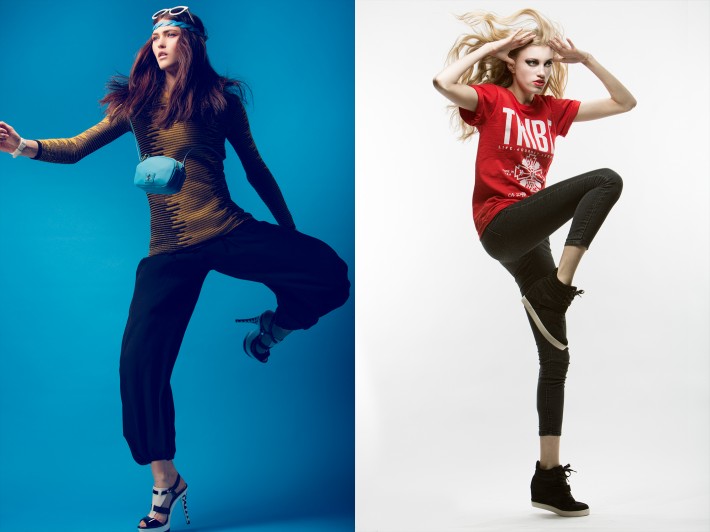Posing is very difficult for students to grasp right away, especially since they have so much experience with taking photos on their phones. It isn't that they think they know every thing already it is merely the fact that they have trained themselves in a certain way. They have trained themselves some bad habits.
Before we start, I want to make something very clear. Students do not protest a certain way of thinking because they think they know more than you, they protest a certain way of photography because they do know more than you. They are submerged in photography and self documentation, and they know a lot more about pop culture photography than we will, however they don't know the basic building blocks of aesthetics and composition, which is where they need you. But don't closed off to their suggestions, this is a rapidly growing field and they should be learning from each other.
Basic photography Things to know:
1.
The 2/3 turn: Turning your model slightly so they aren't staring down a camera like a wild bull, is a great way to start your shoot. Also Talk to your models and encourage them. Do not order them around. Have a plan, but be kind.


2.
Chin Down: Keep your models chin down, so it does not extend the length of the neck, making them look like a giraffe, also it will help make the contour of the face look better. Some people will say stick your chin out to get rid of wrinkles, but that can come back to bite you as well.


2.5.
Fixing some misconceptions: Models often make the mistake of showing up, setting their jaw, plating their feet, and doing the sorority pose, which is silly.
- Relax the jaw, shift their weight and relax, don't let your model get into their Superhero serious pose.

3.
Diagonal Lines: This just means don't stare at the camera like a dope. Notice the difference in the arm size just from putting your hand on your hip, and having good posture. This is probably the most important thing you will learn for taking photos.

4.
Texture Lighting: When you are lighting, don't just shine the light right at them, angle it to the side or over head depending on the look you are going for.

5.
Hands in a photo: Hands are quite difficult to pose in Photos. One technique I read about is called the "Ballet hands" It's where no matter how the hands are positioned in the photo, they are kept relaxed and with the fingers slightly apart, like a ballet dancer.


Here is an example of relaxed ballet hands in just an ordinary pose.
6.
Footloose: Getting feet involved in Photography is like level 2 challenging, but it good to have student start trying early. They them try a jump pose, or a skip, or yoga poses to shake up the photoshoot.

7.
No Chimping: Chimping is a photogrphy term that refers to the act of looking at your camera after every shot. This very disruptive, and it slows down the shoot, not to mention you lose the energy you are trying to get the Models to show. Look at your screen after at least 10 shots, just to check the lighting and your settings, then get your eyeballs off that screen.

There are many many more technique out there but this is a good way to get your feet off the ground.



















